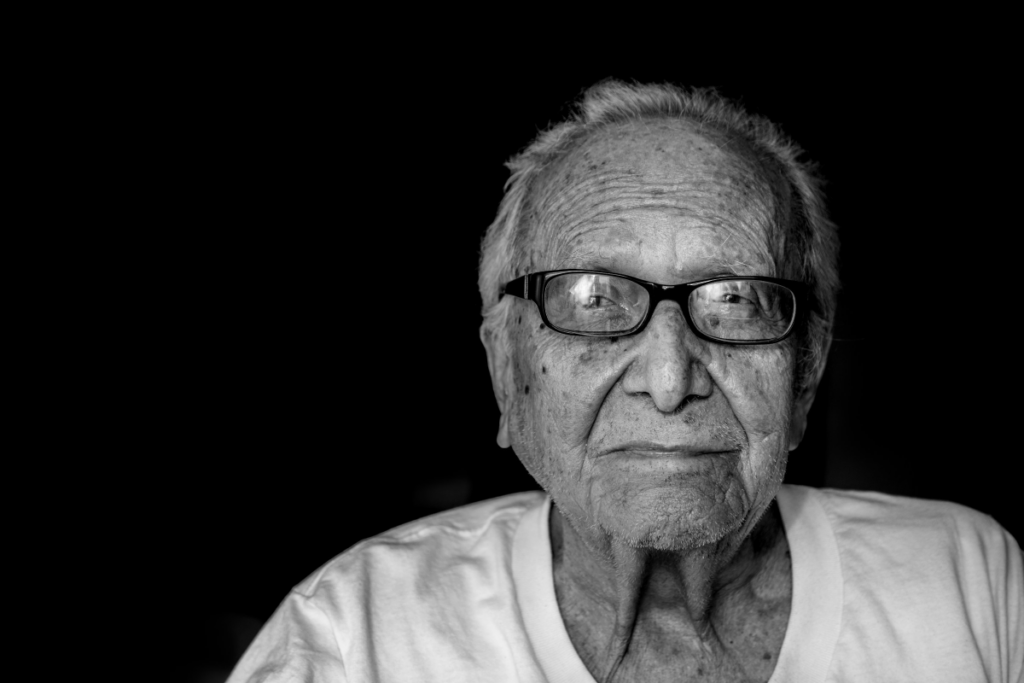
It’s 8 AM, and you’re trying to book a doctor’s appointment. You switch on your phone, go on your healthcare provider’s app, log in with your patient ID, and start navigating through a series of menus. You input your symptoms, maybe upload a photo, and finally schedule an appointment for the same day. If you’re tech-savvy, this might take you a few minutes. But for many of our parents or grandparents, it’s actually very difficult – and some may even forgo going to the doctor altogether if faced with having to choose between this and long wait times on the phone.
Welcome to healthcare in 2024. As more of our health services go digital around the world, a massive issue is emerging. While younger generations are tapping their way to better health, many older adults are left behind, wondering what happened to the good old days of simply picking up the phone to book an appointment.
Recent statistics reinforce this concerning trend. Studies show that globally, 71% of the world’s population aged 15-24 is using the Internet, compared with 57% of all other age groups. This generational gap is reflected across all regions and most developed/developing country classifications. In the UK for instance, around one-third of older adults lack basic digital skills, with many are not using the internet at all. This digital divide becomes particularly problematic when essential services increasingly move online.
The reality is, being able to navigate these digital health services can have a real impact on health outcomes. If seniors can’t use digital technology, they’re reliant on someone else to help them. They stop being in control of managing their own health.
Of course, there’s no getting around the fact that the world is digital. Nor should that progress stop – it’s better for everyone if we move away from manual, cumbersome processes. But we need to ensure that as this happens, we’re not also leaving a large portion of our population behind.
Healthcare systems worldwide are finally waking up to the value of prevention versus focusing purely on sickness. But if seniors don’t know how to use smartphones, they’ll be excluded from digital health apps that help them track core vitals (heart rate, blood pressure, blood sugar) without intervention from another person. They won’t be able to see their own data on steps, exercise or food intake. In short, they won’t be able to participate in monitoring and therefore take control of their health.
This digital divide in healthcare goes beyond just forgetting passwords or struggling with small icons – although these are real issues too. It’s about access to information, ability to communicate with healthcare providers, and ultimately, control over one’s own health journey. An example: if you’ve never set up two-factor authentication because you don’t use the internet for online purchases, your credit card might be automatically rejected when trying to access certain health services. These are challenges that many of us don’t even think about, but for seniors, they can be significant barriers to proper care.
What can we do to bridge this gap?
Firstly, we need to address smartphone adoption and usage in seniors at a governmental level. They need to have phones in order to participate at all in digital health services. This could involve subsidised devices for seniors, perhaps means-tested, preloaded with health apps and featuring tailored interfaces.
Secondly, we need to mandate that healthcare platforms be designed with accessibility in mind. This means simple interfaces, voice command options and large font sizes – features that allow seniors with low tech experience to use these platforms without frustration. We need to think about how to minimise keyboard use and maximise voice interfaces. Dictation could play a big role in making these systems more accessible.
Thirdly, we need to address the fragmentation of digital health services across healthcare providers. Different providers often have different apps and systems, which can be confusing for anyone, let alone those less familiar with technology. If someone moves or changes healthcare providers, they might find themselves dealing with an entirely new system. We need to push for more standardisation and consistency in these digital interfaces.
We also need to ensure that there’s always a backup option, an alternative to digital channels. If people need or want help, they need to be able to call a human. There are a few things we can do to make this happen, like implementing incentives for companies developing these digital health platforms. If customer support calls are high, that’s a sign the product hasn’t been designed correctly. Tech companies partnering with healthcare providers could be rewarded or penalised based on the volume of support calls they receive, encouraging them to prioritise user-friendly design from the outset.
There is an urgent element here: artificial intelligence is set to transform healthcare interfaces yet again very soon. So, we have a choice: bridge the digital divide now, or risk consigning an entire generation to second-class care. The promise of technology is to connect and unite us, not to create a two-tier system where age determines access. Let’s make sure digital literacy doesn’t become a criterion for good health in later life.

Romanie Thomas
Romanie Thomas has spent over 15 years in tech, including 7 years in senior recruitment and 8 years as a founder of VC-backed startups, scaling companies to $100 million. She is currently working with George Bevis to build Chatsie, focusing on an impactful mission to ensure senior citizens are not left behind as society becomes even more digital.



